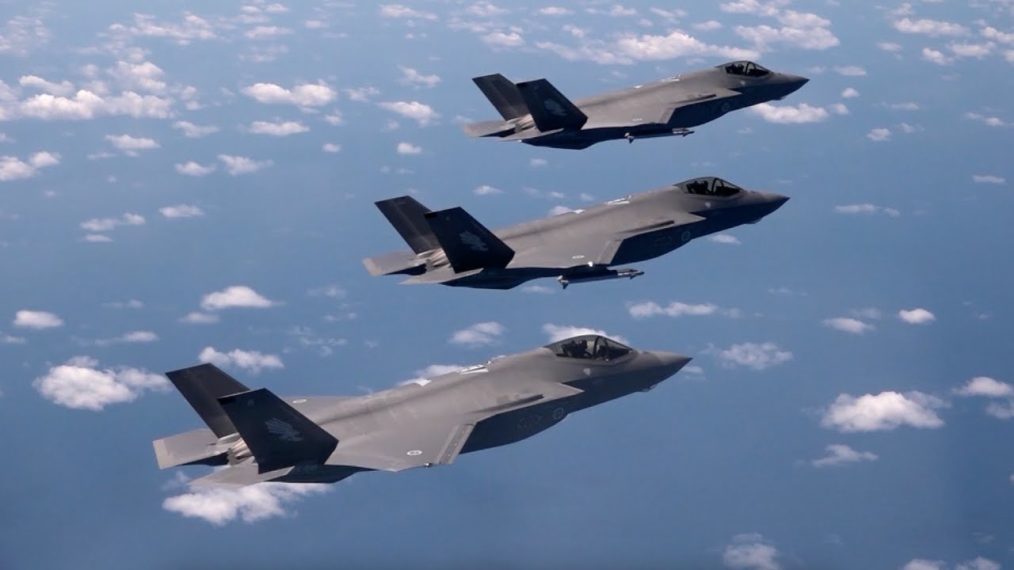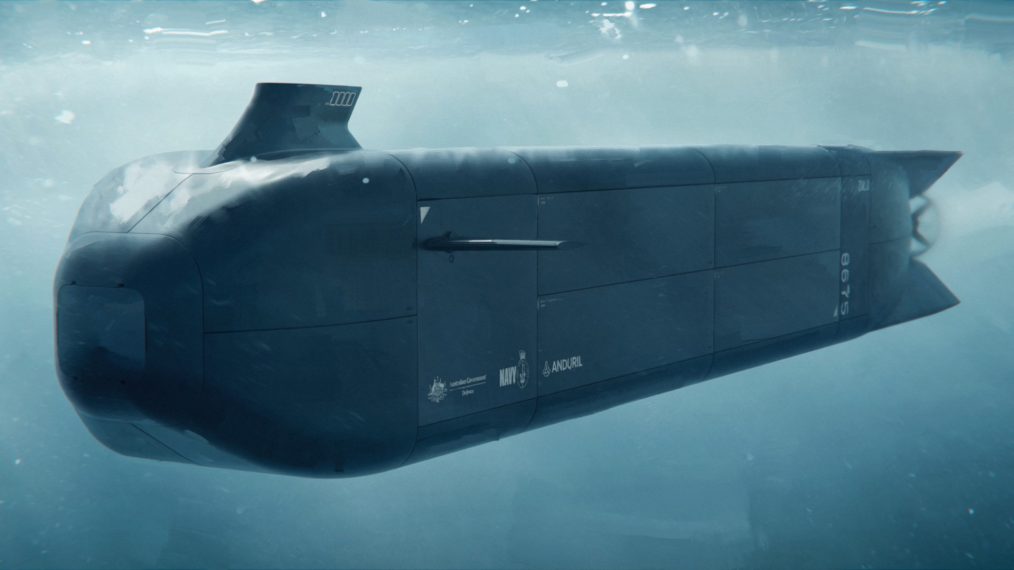The origins of Vietnam’s underground tunnel network remain somewhat unclear, but they likely began during the Japanese occupation in World War II (1942-1945). Initially constructed as hiding places and escape routes, these tunnels expanded significantly during the French War (1946-1954). Viet Minh fighters and villagers alike used them for survival hiding from raids, storing rice, and evading starvation caused by foraging soldiers from both sides.
The stakes escalated in the early 1960s with the arrival of the U.S. Army. Facing overwhelming firepower from aerial bombings and artillery strikes, the North Vietnamese Army (NVA) and Viet Cong (VC) embraced tunnelling as a critical survival tactic. What began as a defensive strategy evolved into a formidable offensive system. These tunnels became subterranean military hubs housing barracks, hospitals, workshops, storage facilities, and even training rooms.
This underground infrastructure was vast and sophisticated, with ventilation shafts, escape routes, and booby-trapped sections to deter intruders. The tunnels also featured ambush points and defensive measures to neutralize enemies, including gas-proof sumps. Navigating these dark, confined spaces posed extreme risks for those attempting to infiltrate them.
The Australians, specifically the Tunnel Rats of the Royal Australian Engineers, became an integral part of the war effort. These soldiers, drawn from units like 3 Field Troop and 1 Field Squadron, were tasked with clearing and destroying enemy bunker systems and tunnels. Their work was perilous, requiring exceptional courage and adaptability.
In January 1965, during Operation Crimp in the Ho Bo Woods part of the infamous Iron Triangle 3 Field Troop faced their baptism of fire. Initially deployed for standard engineering tasks like road clearing and de-mining, they were soon called to investigate enemy tunnel entrances. One such entrance proved deadly, with an enemy soldier killing two Australians and injuring two others. Despite having no prior training, volunteers entered the claustrophobic tunnels armed only with flashlights and bayonets.
Inside, they discovered an intelligence goldmine, marking the beginning of their unexpected and dangerous role as Tunnel Rats. However, the lack of experience quickly led to tragedy. On the fourth day, Corporal Bob Bowtell, a towering figure at 184 cm, suffocated in a narrow tunnel due to insufficient air circulation. His size blocked airflow, and rescuers narrowly avoided the same fate. Over the six-day operation, six sappers suffered asphyxiation, with one fatality and several injuries.
The Australians learned harsh lessons during these early missions. While the Vietnamese lived and worked in these tunnels for extended periods, the air became hazardous for outsiders due to residual tear gas and smoke from clearing operations. The “Mighty Mite” blower system introduced by the Australians required careful use to re-oxygenate tunnels before entry an essential step overlooked in their initial efforts.
Despite these setbacks, the Tunnel Rats persevered. Their determination was fuelled by a deep sense of duty and camaraderie. Each new tunnel system presented a deadly challenge, often requiring them to crawl through pitch-black, booby-trapped passages with the constant threat of ambush. Over time, they developed techniques and processes to navigate and clear tunnels more effectively.
As their expertise grew, the Tunnel Rats contributed significantly to intelligence-gathering efforts. However, their role extended far beyond tunnel clearance. They also defused mines and booby traps, cleared paths through suspected minefields, and performed regular engineering duties like repairing roads and bridges. Their versatility and bravery underpinned the broader success of Australian forces in Vietnam.
By the time 3 Field Troop returned to Nui Dat to help establish the 1st Australian Task Force base, their efforts had proven invaluable. However, the high casualty rate among Tunnel Rats highlighted the inherent dangers of their role. Of the 35 Australian sappers killed in Vietnam, most were victims of mines rather than tunnel combat. Their unit suffered a staggering 36% casualty rate, underscoring the extreme risks they faced.
Recognition for their bravery was limited, with only five Military Medals and one Military Cross awarded between 1965 and 1971. This under-recognition reflects more on the “rationing” of awards than the magnitude of their contributions.
The Tunnel Rats’ legacy is one of extraordinary courage and resilience. As Sapper Bob O’Connor poignantly remarked in 1968:
“No one is going to force you to do this kind of stuff… But if you decide to stay, you’ve got to believe, and I mean really believe, that you’re already dead. Tunnel Rat casualty rates are ridiculously high… Once you accept you’re a dead man walking, the job gets much easier. It even becomes a challenge.”
Few soldiers embodied the Australian spirit of tenacity, humour, and bravery like the Tunnel Rats. Their unyielding resolve in the face of unimaginable danger stands as a testament to their character and commitment. For those unsuited to confined spaces or one-on-one combat in complete darkness, this role was a nightmare. But for those who took it on, it was a chance to redefine what it meant to serve.










